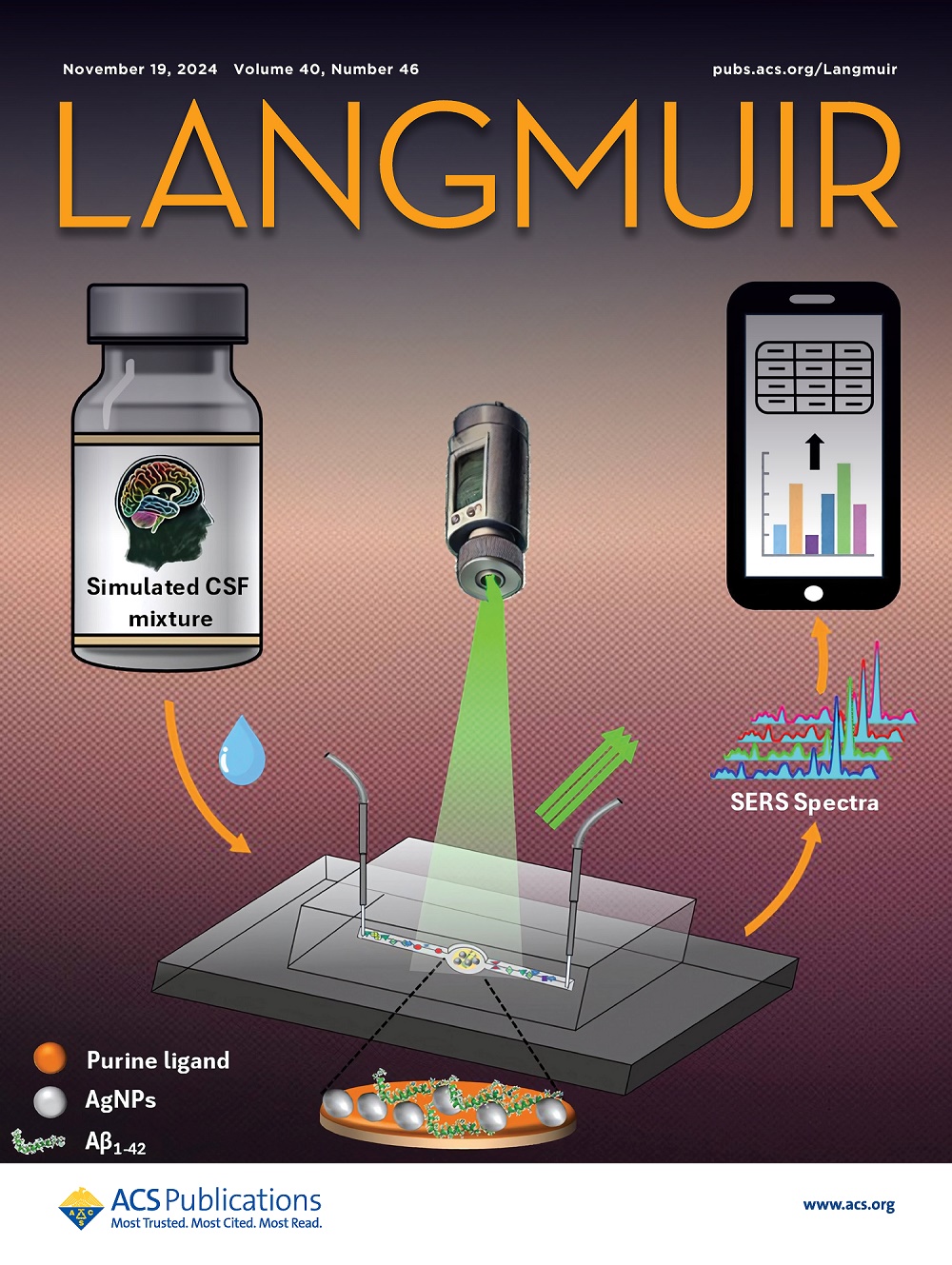Crystal Facet Effect in Chiral PdPt3 Hollow Nanocages as Nanozymes for Use in Enantiomer Recognition
IF 3.7
2区 化学
Q2 CHEMISTRY, MULTIDISCIPLINARY
引用次数: 0
Abstract
Understanding the crystal facet effect in chiral enantiomer recognition plays an important role in designing and fabricating chiral nanozymes for biosensing and biodetection applications. Herein, we design an ideal platform to study the crystal facet effect in chiral enantiomer recognition using cubic and icosahedral PdPt3 hollow nanocages (NCs) as peroxidase mimics via surface ligand decoration of l/d-cysteine (l/d-Cys). The two PdPt3 NCs have the same structure of surface ligand, particle size, wall thickness, surface area, and elemental composition, with the only difference of exposed crystal facets, i.e., {100} for cubic PdPt3 NC-l/d-Cys and {111} for icosahedral PdPt3 NC-l/d-Cys. The cubic PdPt3 {100} facet demonstrates 2.2-fold higher peroxidase-like catalytic activity than the icosahedral PdPt3 {111} facet, which also leads to the better enantiomer recognition performance of discerning 3,4-dihydroxy-l/d-phenylalanine. Our work provides the concept of crystal facet tuning for designing chiral nanozymes with high stereoselective properties.

求助全文
约1分钟内获得全文
求助全文
来源期刊

Langmuir
化学-材料科学:综合
CiteScore
6.50
自引率
10.30%
发文量
1464
审稿时长
2.1 months
期刊介绍:
Langmuir is an interdisciplinary journal publishing articles in the following subject categories:
Colloids: surfactants and self-assembly, dispersions, emulsions, foams
Interfaces: adsorption, reactions, films, forces
Biological Interfaces: biocolloids, biomolecular and biomimetic materials
Materials: nano- and mesostructured materials, polymers, gels, liquid crystals
Electrochemistry: interfacial charge transfer, charge transport, electrocatalysis, electrokinetic phenomena, bioelectrochemistry
Devices and Applications: sensors, fluidics, patterning, catalysis, photonic crystals
However, when high-impact, original work is submitted that does not fit within the above categories, decisions to accept or decline such papers will be based on one criteria: What Would Irving Do?
Langmuir ranks #2 in citations out of 136 journals in the category of Physical Chemistry with 113,157 total citations. The journal received an Impact Factor of 4.384*.
This journal is also indexed in the categories of Materials Science (ranked #1) and Multidisciplinary Chemistry (ranked #5).
 求助内容:
求助内容: 应助结果提醒方式:
应助结果提醒方式:


